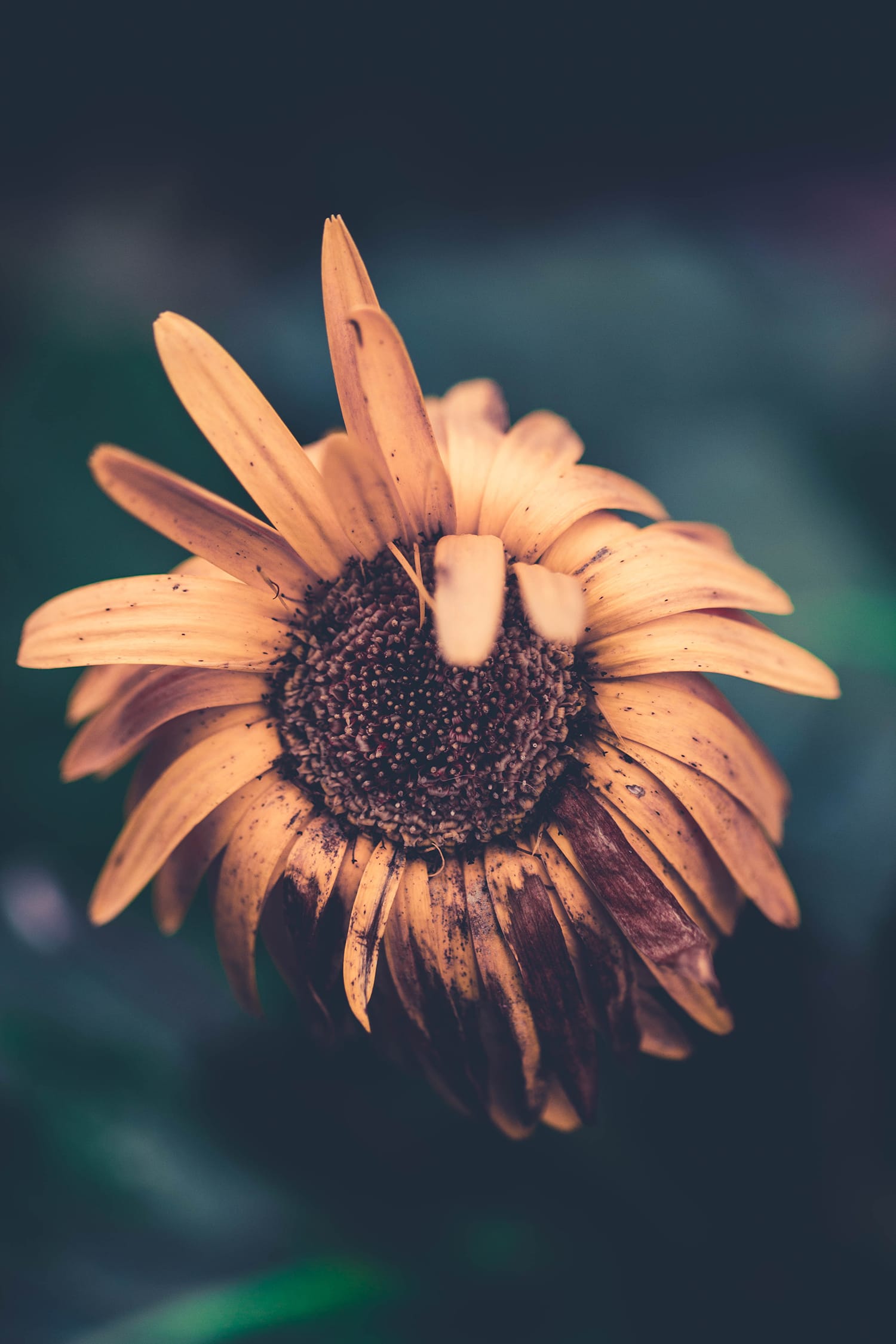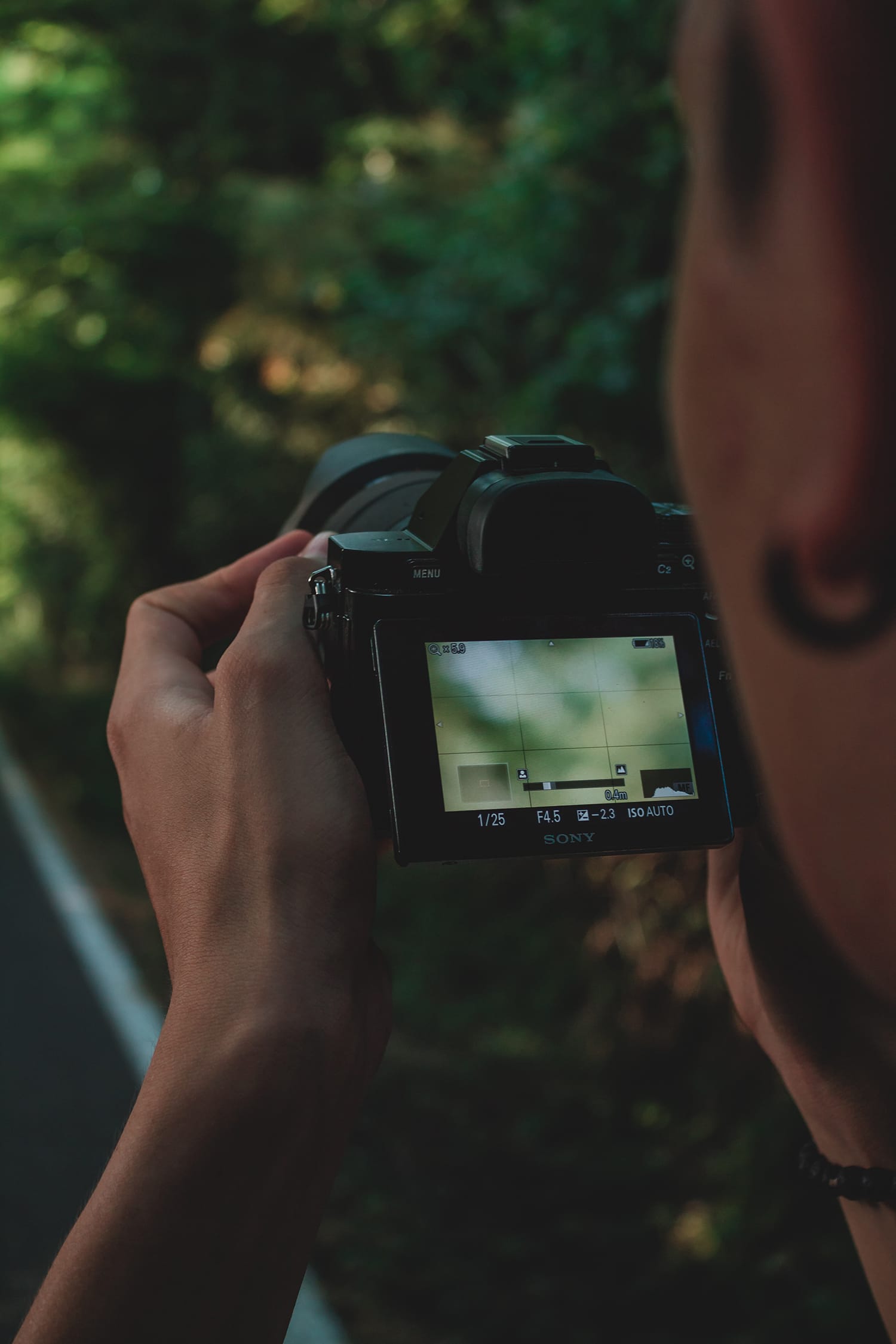How to Get a Shallow Depth-of-Field Like It's The Easiest Thing Ever
As a photographer, I’m not too fond of blurry photos. I tend to want to hit the delete button as soon as I capture out-of-focus photos by mistake without even looking at the composition.
But it doesn’t always have to be the case, and all of your photos don’t need to be sharp from front to back.
The truth is that many photos appear more beautiful and appealing if some parts are out-of-focus. This article will discuss how to use a shallow DOF (depth-of-field) to create stunning images. Let’s get started!

What is a Shallow Depth-of-Field?
Depth-of-field illustrates how much of your photo is in sharp focus. A large/wide or deep depth of field means that most of your image is in focus. A large DOF is often used in landscape photography where the foreground and the background need to be in sharp focus.
On the other hand, a narrow/small or shallow depth-of-field describes that only a small part of your photo is in clear focus (usually your subject). Most of the time, the background is completely blurred, and it’s often the goal of nature and portrait photography.
Using a shallow depth-of-field can come in handy in many situations and allow you to create stunning photos that tell a story. Here are some of the most notable reasons why you might want a shallow depth-of-field in your images.

It guides the viewer’s attention.
What part of a photo are you usually drawn to at first? For most people, it’s the most in-focus part. You can use a crisp focus to guide your viewers’ attention exactly where you want them to look.
If you have multiple points of interest, then you can use selective focus. Always try to focus on your frame’s most important part, such as the eyes, if you’re capturing a portrait.
A shallow depth-of-field allows you to keep all the elements of your photo on one plane regardless of their distance. You can also use it to illustrate the relationship between different subjects by prioritizing and emphasizing each of them in the frame.

It can draw the viewer’s eye away.
You can also use the shallow depth of field technique to draw the attention of your viewers away. It allows you to de-emphasize unwanted and distracting objects, such as a crack in a wall or any defect in the scene.
It’s one of the little-known uses of this technique that can help you eliminate your photo’s visual barriers. These visual barriers can be a mesh or fencing that reside between you and your main subject matter.
To achieve this, you can use a wide aperture (e.g., f/1.2), especially if you are capturing photos through a busy foreground. You can also use this technique if you don’t want to reveal the identity of your subject. You can focus on all the significant elements of your photo except the subject’s face.
A shallow depth of field creates a unique effect.
You can create a unique effect in your photos by using a shallow depth-of-field, as it softens elements in your frame. You can make abstract effects by taking away the details of elements in your frame. You can blur your image to the extent where the viewer only sees a part or even an object’s edge.
You can create a nostalgic or romantic feeling by blurring different sources of light. Keep in mind that the out of focus lights generally produce round shapes because of the aperture’s shape. If you want to change it, you can always use a bokeh filter.

How to Achieve Shallow Depth of Field
Your equipment and camera settings such as aperture, focal length, and others play a very important role. But the fact of the matter is that camera settings alone are not the only thing that affects the depth-of-field.
The depth of field also depends upon your distance from the subject, the distance between the background and the subject, and more. If you can’t achieve a shallow depth of field, consider getting closer to your subject. If it doesn’t make any difference to you, consider displacing your subject a little further away from the background.
Here’s a list of the most important tips and tricks that will allow you to improve your shallow depth of field skills.
1. Positioning of the subject matter
The main subject should be as distant as possible from other objects in the background. The positioning depends upon your environment and will take you only so far.

2. Lens focal length and aperture
The lens you use plays a vital role. Different lenses come with different apertures and focal lengths.
The longer the focal length and the smaller aperture number, the easier it will be to achieve a great blurred background effect. A wide aperture (i.e., a small number, such as f/1.4) will also let more light in, which is always welcome.
3. A note on ND filters
A lens with a wide aperture will let more light hit the camera sensor, resulting in overexposed images.
That’s where a Neutral Density Filter can come in handy. Those handy filters will act as sunglasses for your lens by reducing the amount of light hitting the sensor (while still allowing you to keep your aperture wide open).
Pro tip: You can also increase your shutter speed to reduce the amount of light hitting the camera sensor.

4. Simplify the background
Using a shallow depth-of-field and blurring the background can also simplify a busy scene and guide the viewers’ eyes to the main subject matter.
Nature and portrait photographers use this technique all the time to capture stunning photos.
As mentioned earlier, you can use different apertures to create less or more blurry effects. For example, f/1.2 or f/1.4 will generally produce the most blur. But, using those apertures can make it more difficult to acquire focus.
On the other hand, you can use, say, f/3.5 or f/5.6 for less blurry backgrounds. Depending upon your environment, you can use different settings to simplify the background. It will make your main subject matter have more of a “3D pop” and will draw more focus toward them.

5. Consider a full-frame camera.
A camera with a full-frame sensor can create a shallower depth-of-field compared to a camera with a cropped sensor (using the same focal length). For example, your 35mm lens on an APS-C sensor is a little over 50mm on full-frame, and that can impact your bokeh/out-of-focus areas. Put simply, the wider your lens, the less blur it will create in the background of your photos.
Conclusion
There you have it. These are some of the most important factors and practices to capture photos with a shallow depth-of-field.
Keep in mind that playing with the aperture is the most impactful way to change the depth-of-field. But it’s certainly not the only way! My advice is to practice all the techniques mentioned above to master creating some amazing background blur and learn how to separate your subject from the background.
